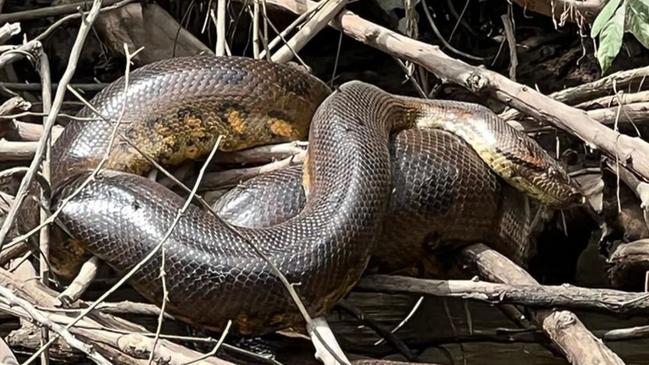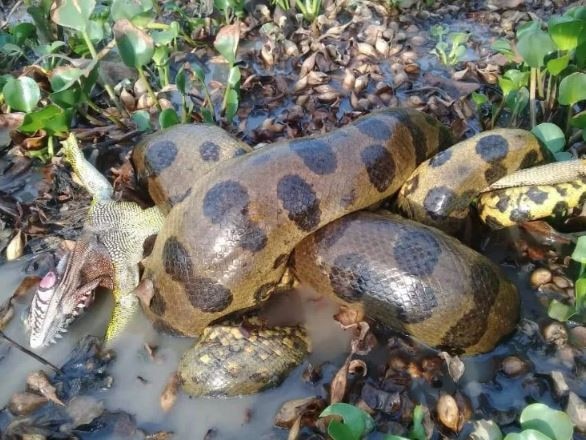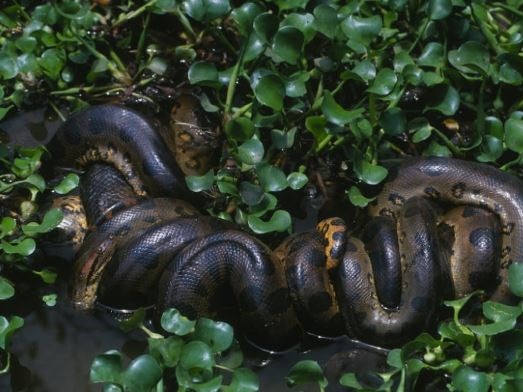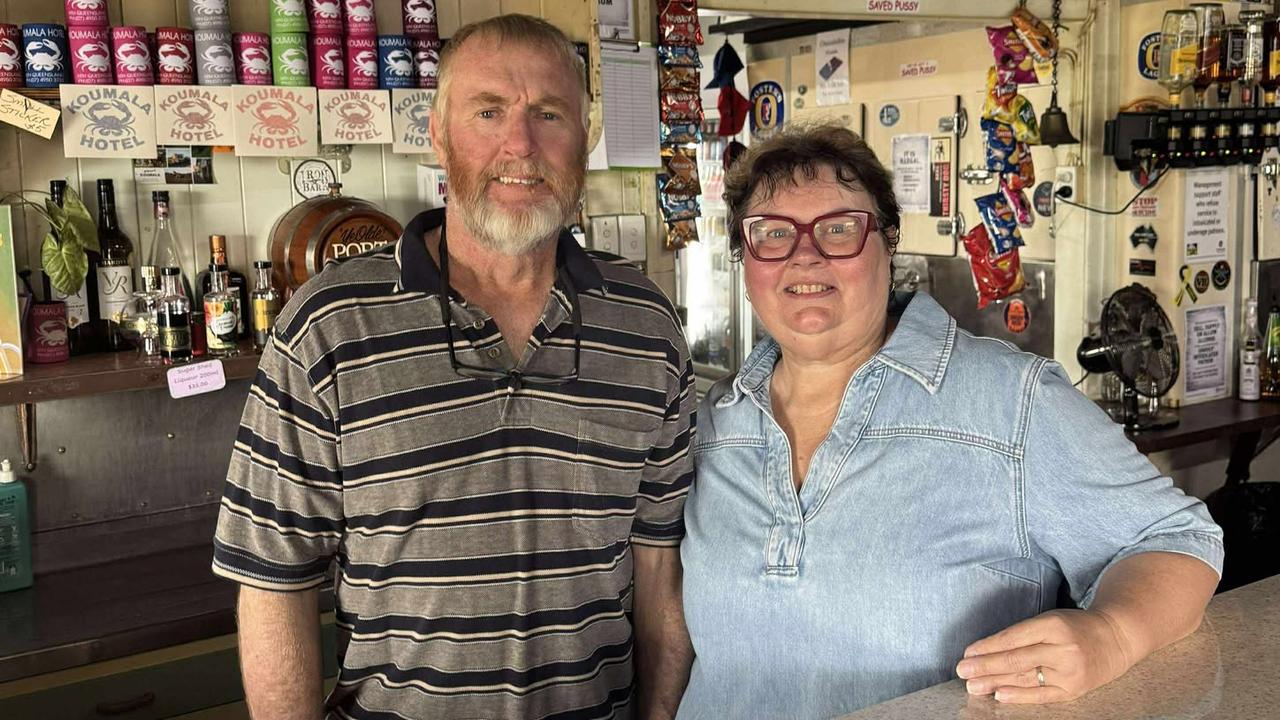Huge Anaconda discovered by Queensland Scientists
A new giant species of anaconda – the largest sighted at 6.3m and 360kg – has been discovered by University of Queensland scientists in the Ecuadorean Amazon.

Pets and Wildlife
Don't miss out on the headlines from Pets and Wildlife. Followed categories will be added to My News.
A new giant species of anaconda – the largest sighted at 6.3 meters and 360 kilograms – has been discovered by University of Queensland scientists in the Ecuadorean Amazon.
University of Queensland School of Environment Professor Bryan Fry who led the exhibition with a team of scientists alongside anaconda expert Dr Jesus Rivas and a film crew for National Geographic said this was “easily the pinnacle of his career.”
“This was a 20 year project and the report was finally published on February 16 after painstaking research and sample analysis.”
“The new species known as the Northern Green Anaconda appears to reach larger sizes than the Southern Green Anaconda,” he said.

Dr Fry said there was a significant 5.5 per cent genetic difference between the Northern and Southern Green Anacondas.
“That is staggering, especially in the context that humans are only 2 per cent different from chimpanzees genetically,” he said.
Dr Fry said during their research he was granted a rare invitation by the Waorani Chief Penti Baihua to enter the Baihuaeri Waorani Territory in the Ecuadorean Amazon to research the snakes.

“This was one of only a handful granted since the tribe’s first contact in 1958. It was a real honour.”
“It was one of the most challenging and remote spots I’ve had to get to.”
Dr Fry said the Waorani people had spotted the new species of Anaconda reach sizes of over eight meters and 800 kilograms in size.
“Penti’s son, Marcelo Tepeña Baihua, who along with Penti was a co-author on the study, has scars on his arm and hand from a snake that they estimate at 7.5 meters and over 500 kilograms.”
“Considering how accurate they were at guessing the size of snakes before we measured them on the expedition, much more accurate than we were, if they say it was 7.5 meters we believe them,” he said.

Dr Fry said the new species genetics diverted from the Southern Anacondas about 10 million years ago.
“Our newly described Northern Green Anaconda (Eunectes akayima) is restricted to Colombia, Ecuador, Guyana, Suriname, Trinidad, Venezuela, and parts of French Guiana.”
“Females feed on grazing animals like deer and capybara,” he said.
Dr Fry said the discovery served as a stark reminder of the threats faced by the Amazon.
“These include things like deforestation, habitat degradation, climate change, and oils spills which place this new species and the entire ecosystem in jeopardy.”
Dr Fry said their work in the Amazon is far from complete.
“Our future research is set to delve into the ecotoxicological impacts of petrochemical endocrine-disrupting metals such as cadmium and lead, pollutants that stealthily weave their way into the delicate fabric of this ecosystem as consequences of the frequent oil spills plaguing the Yasuni Amazon,” he said.
“These metals, silent and deadly, are severe disrupters of reproductive biology, an aspect we aim to study in the green anaconda and other species that call this place home.”
The research paper is published in MDPI Diversity.



